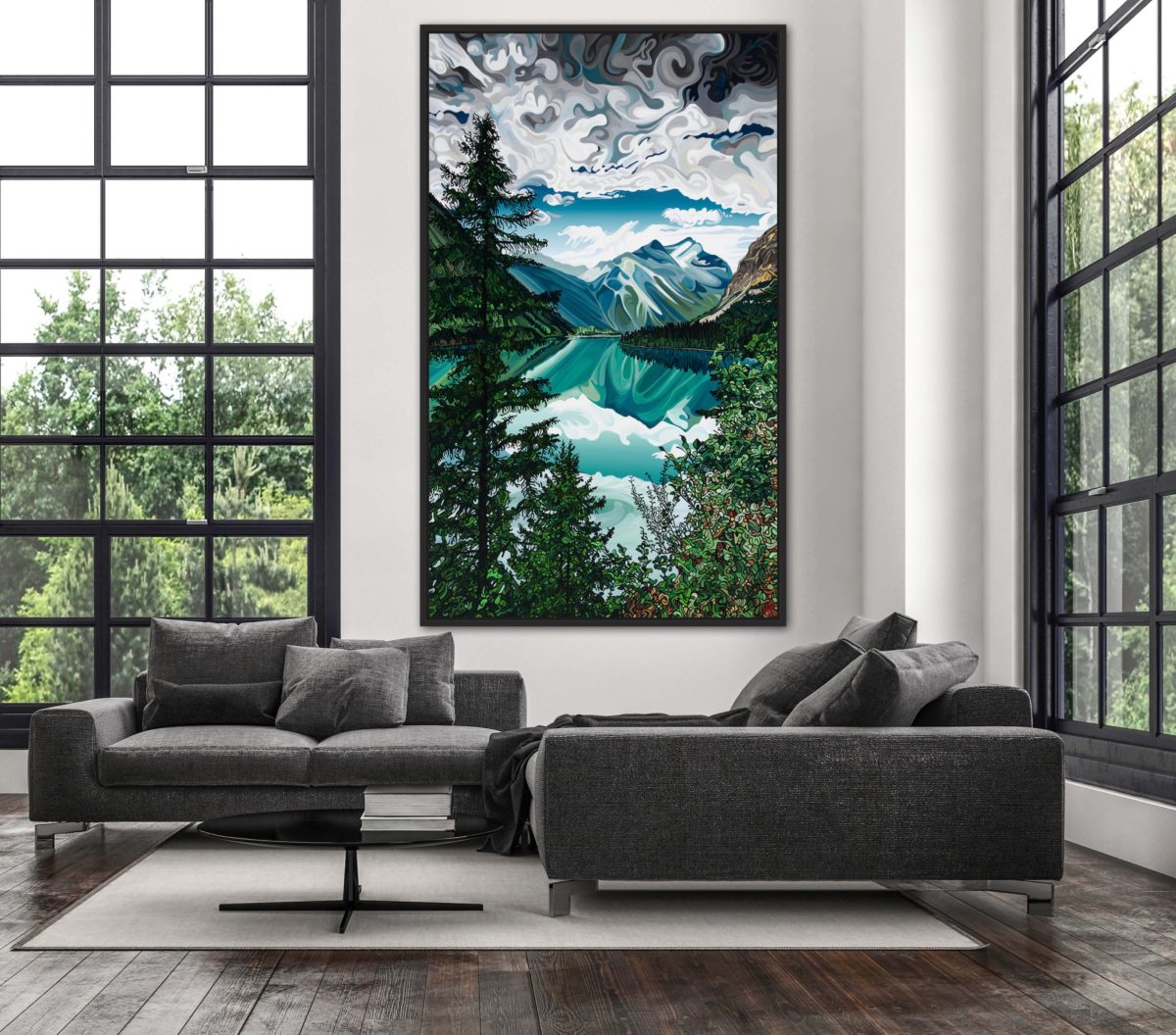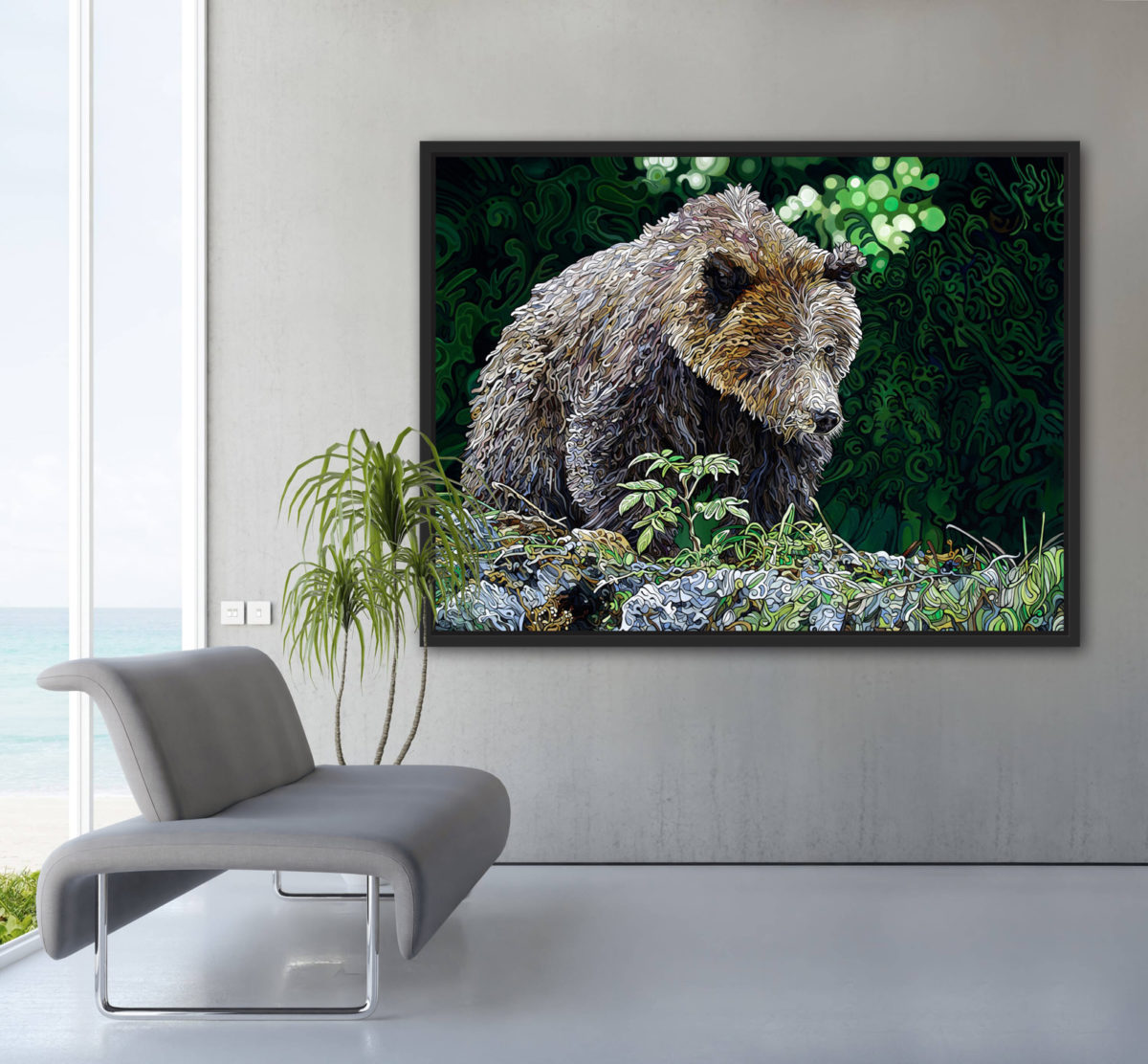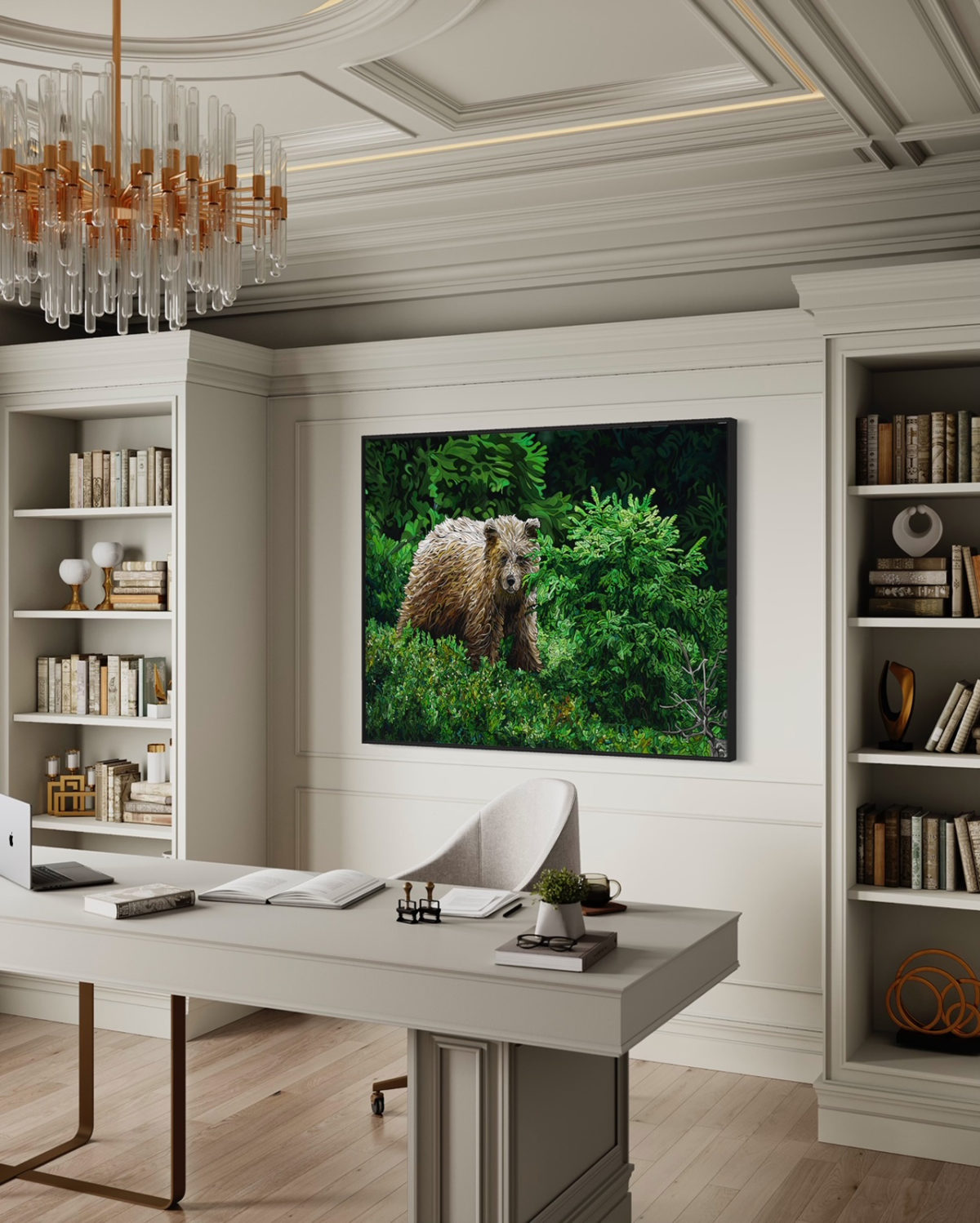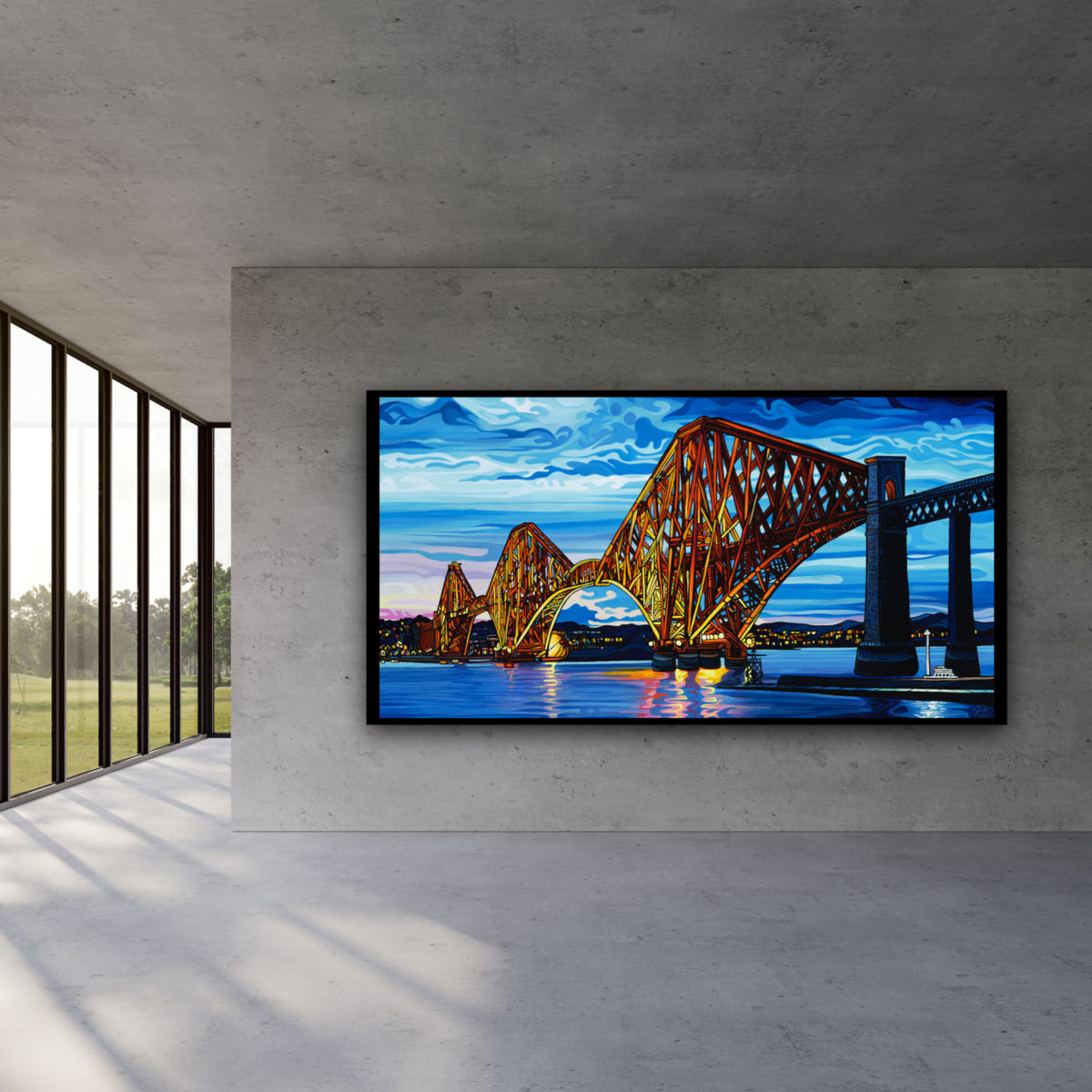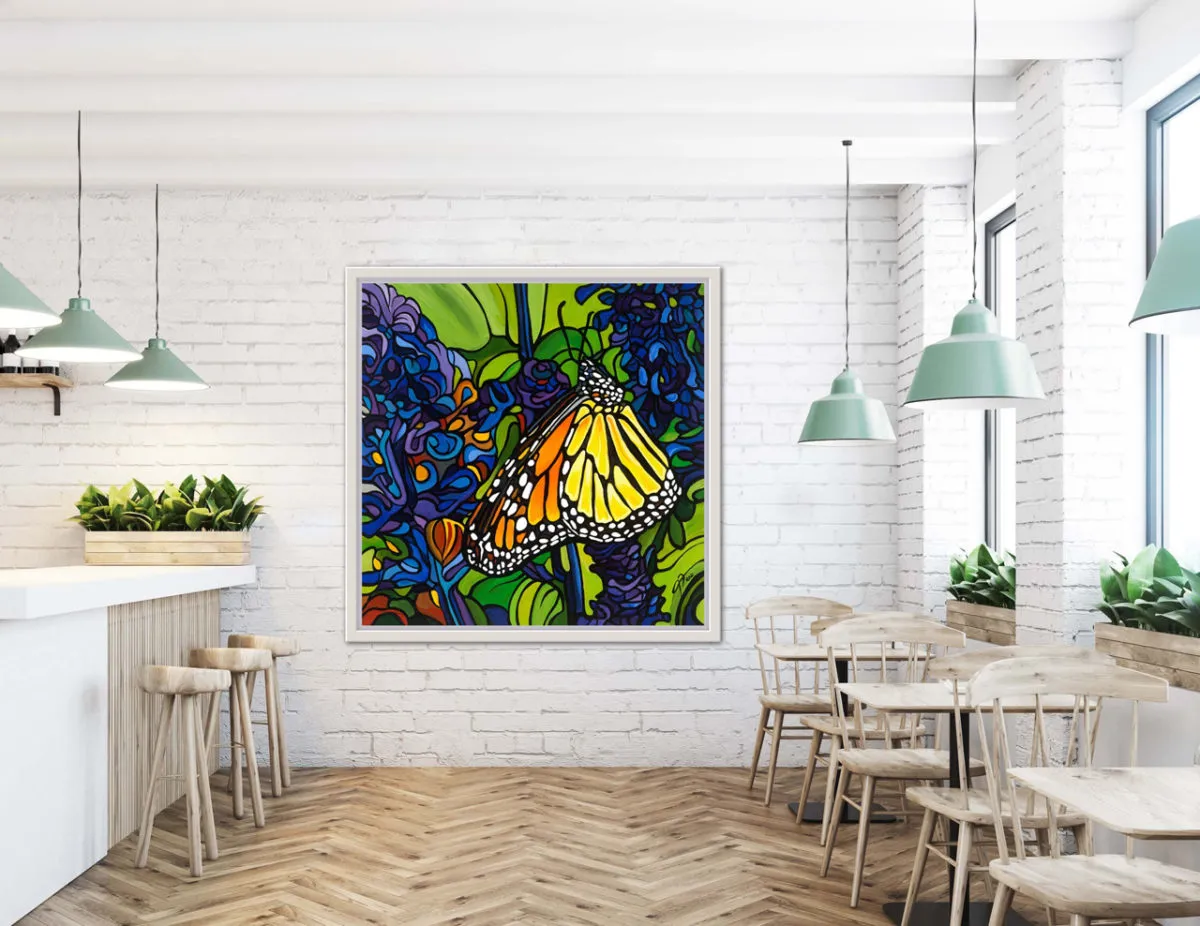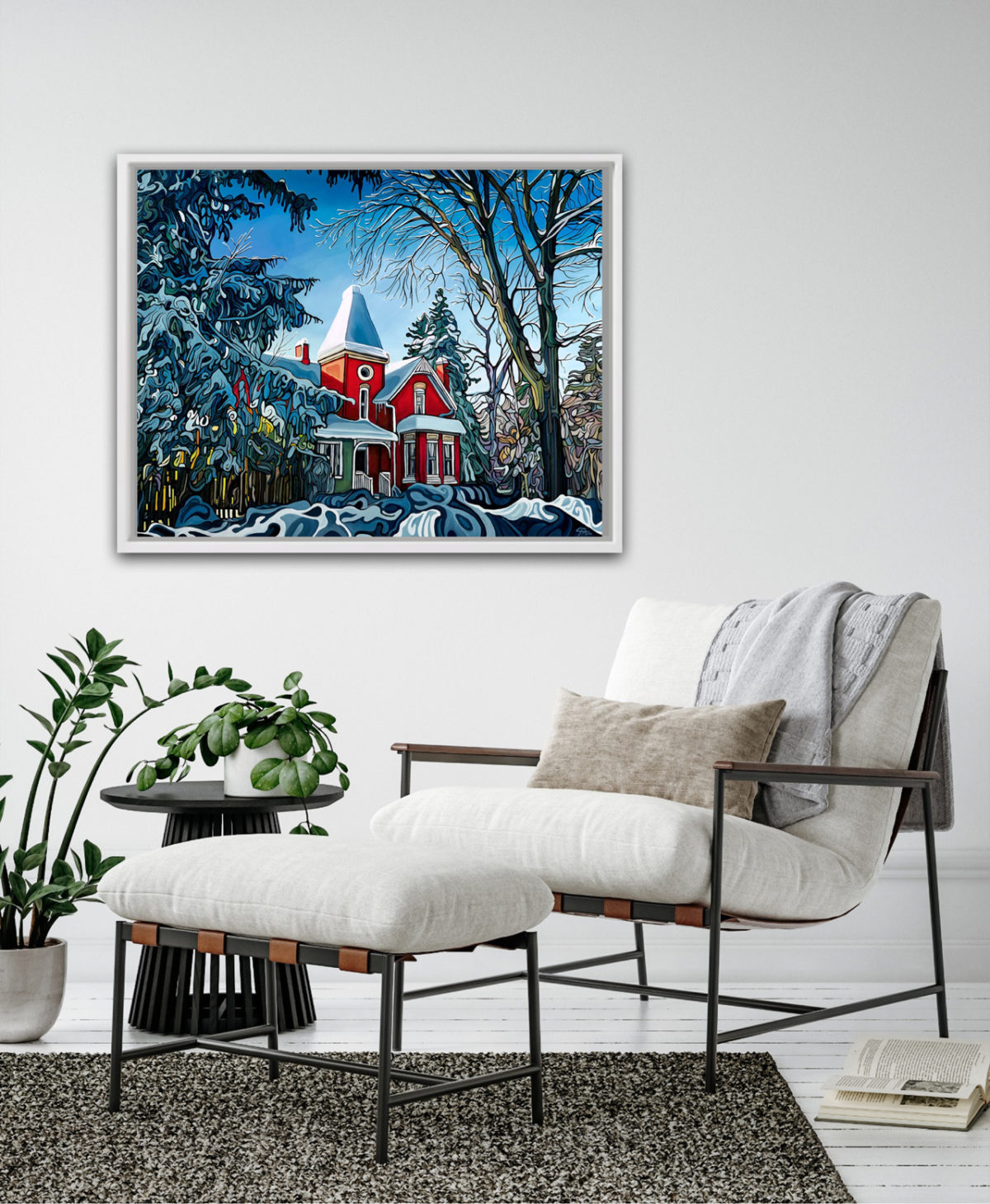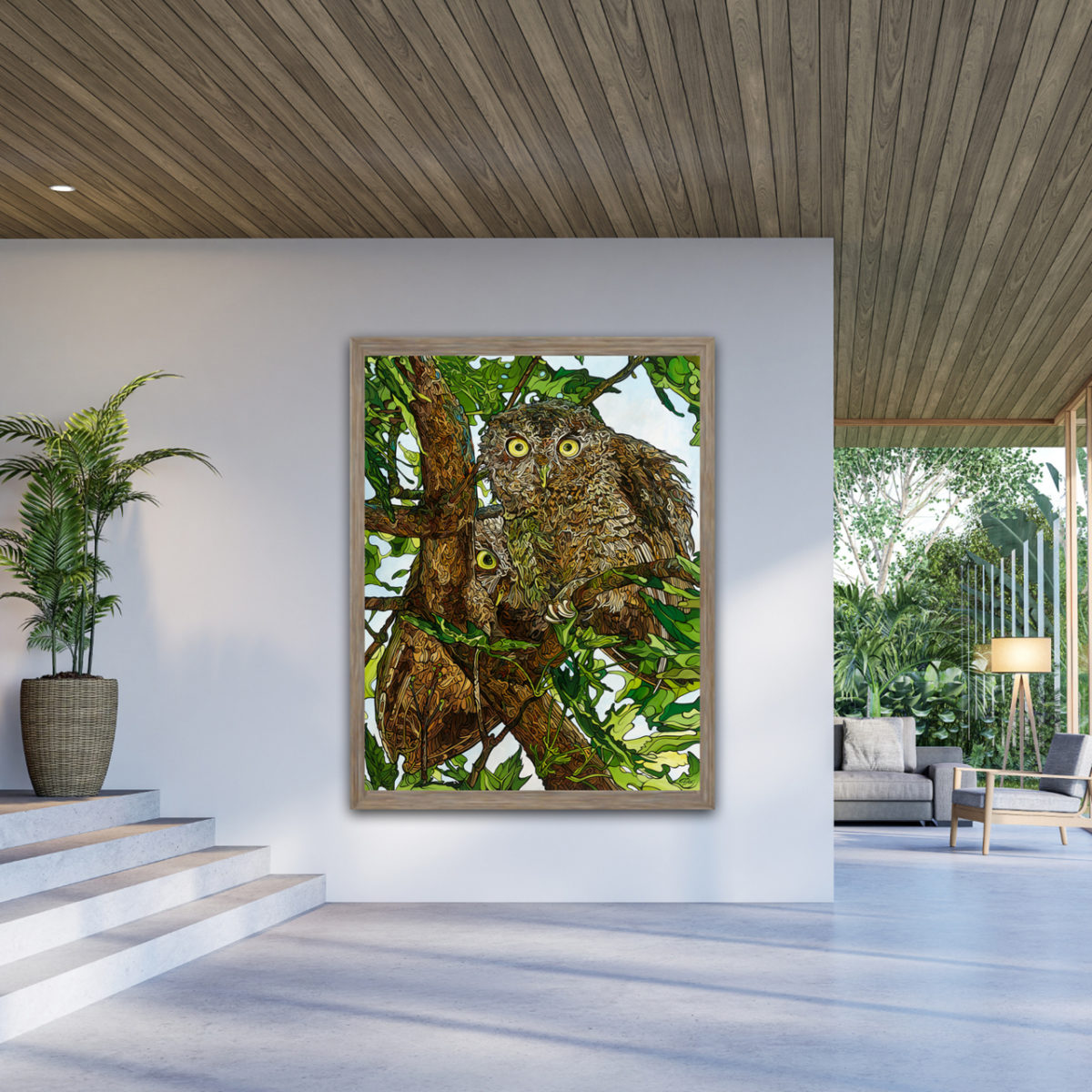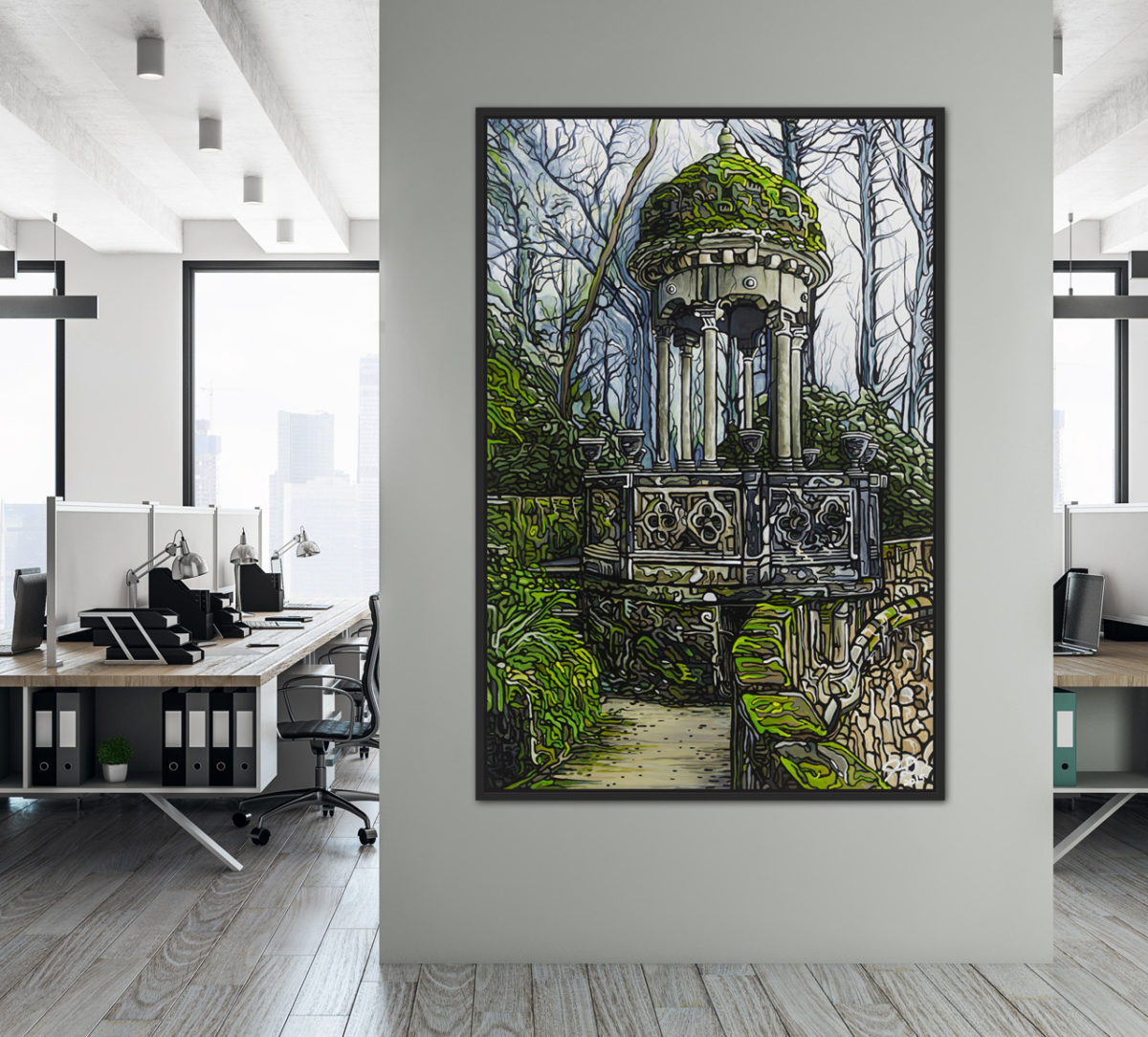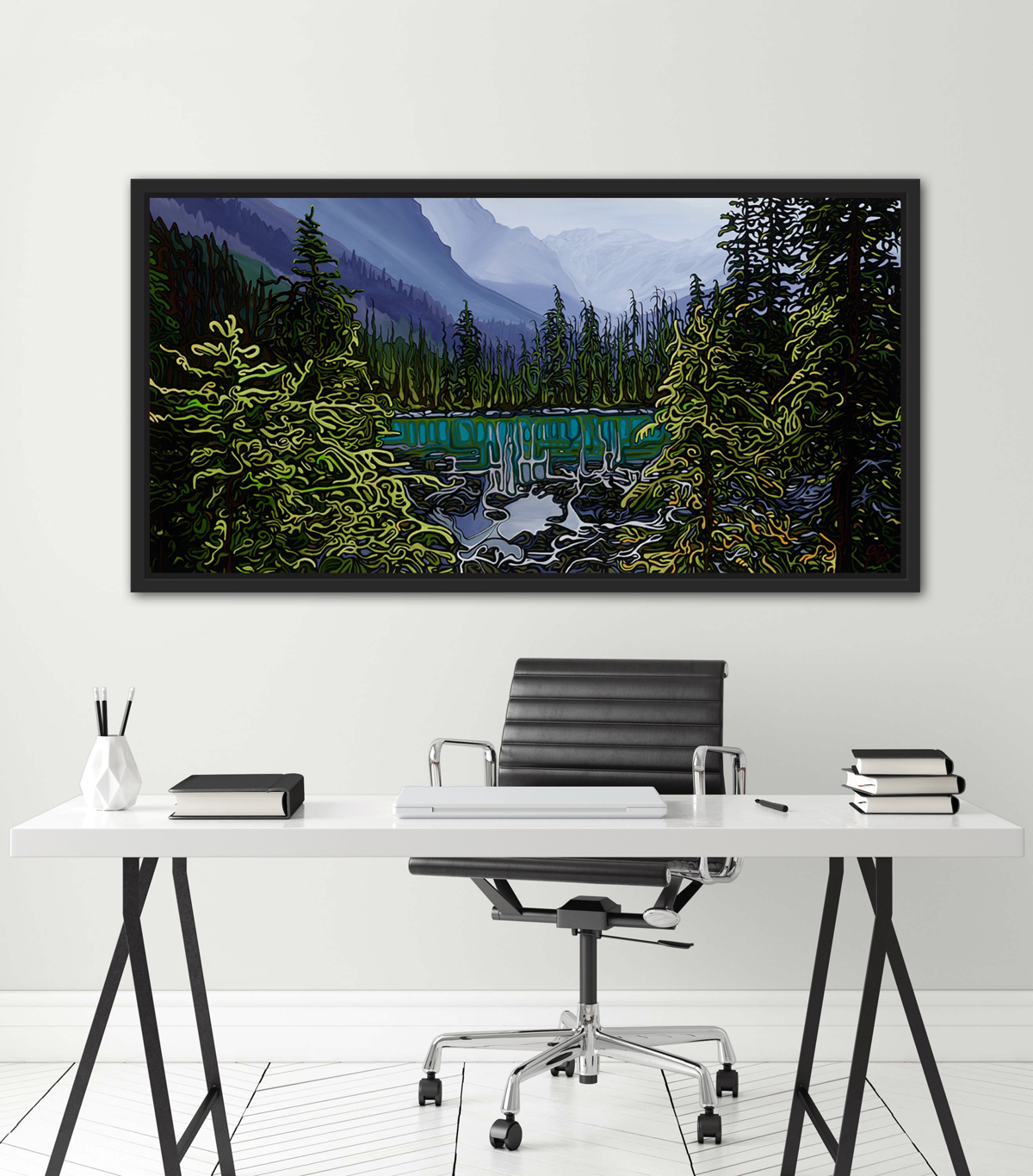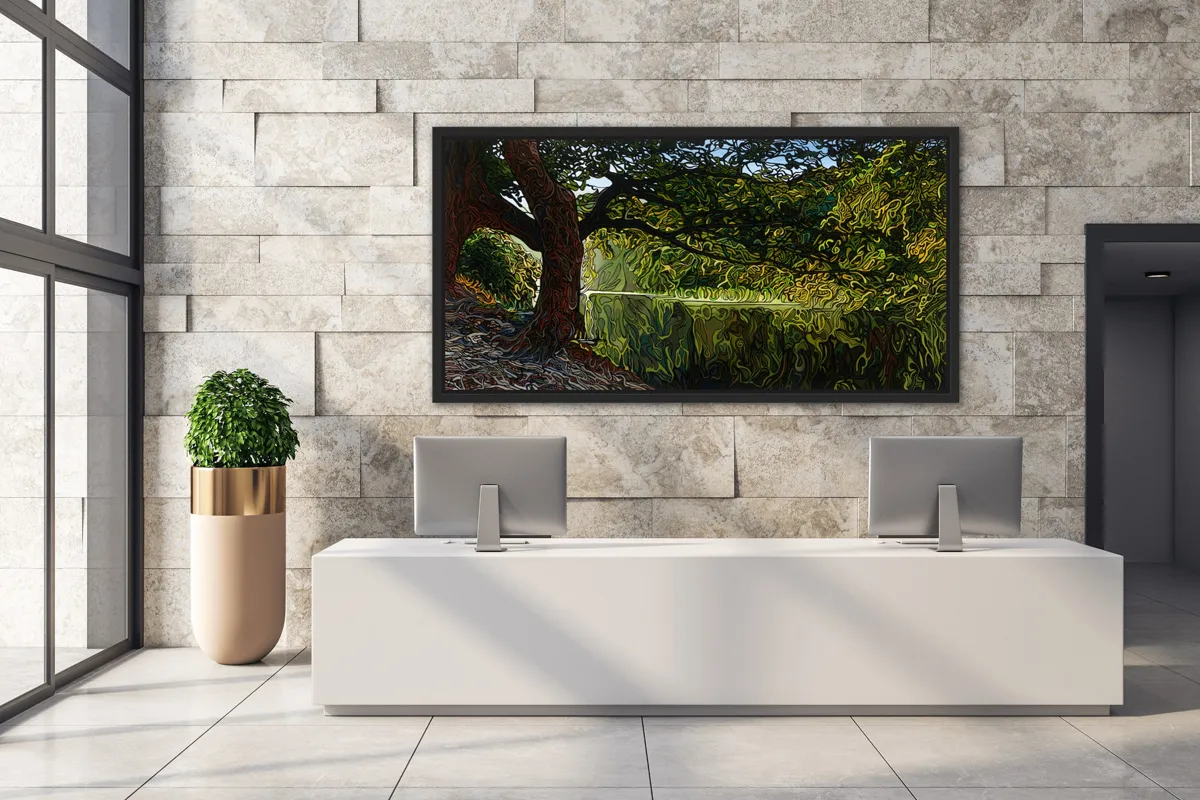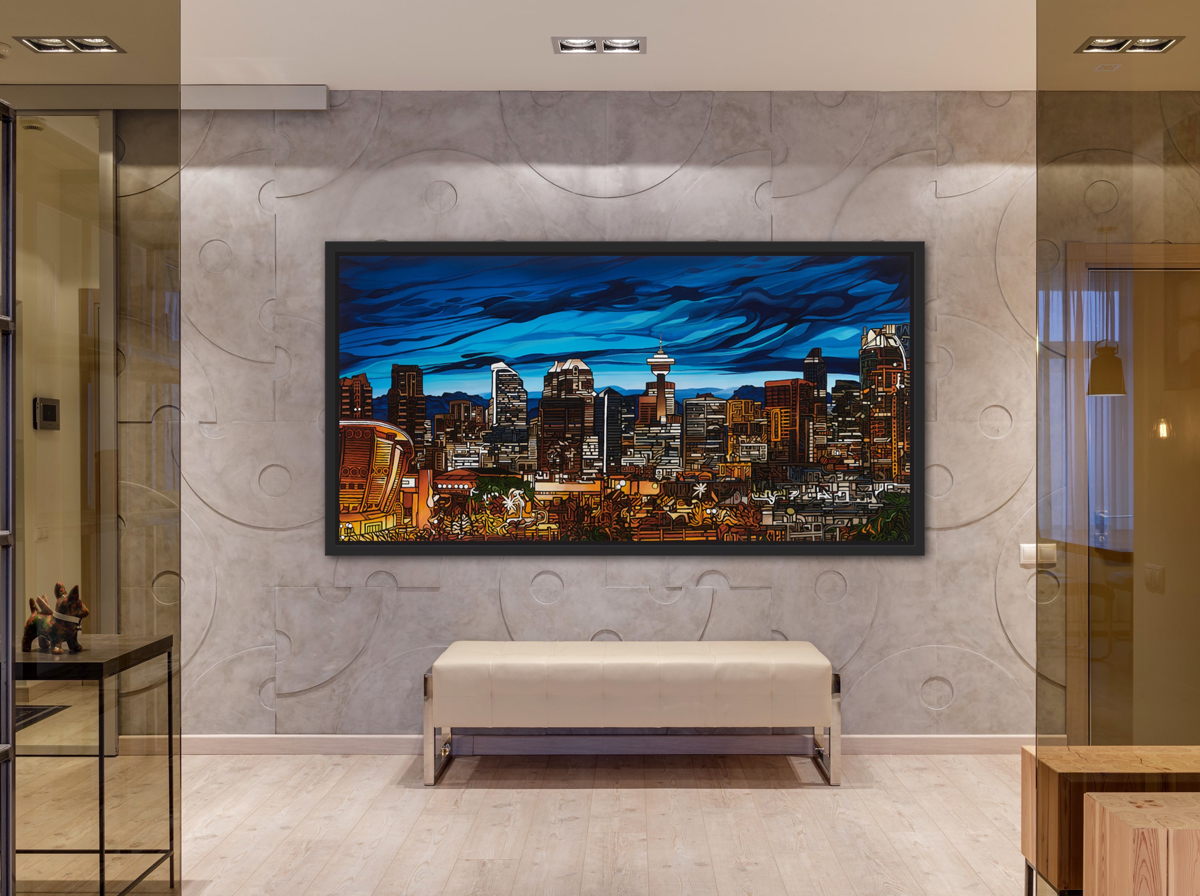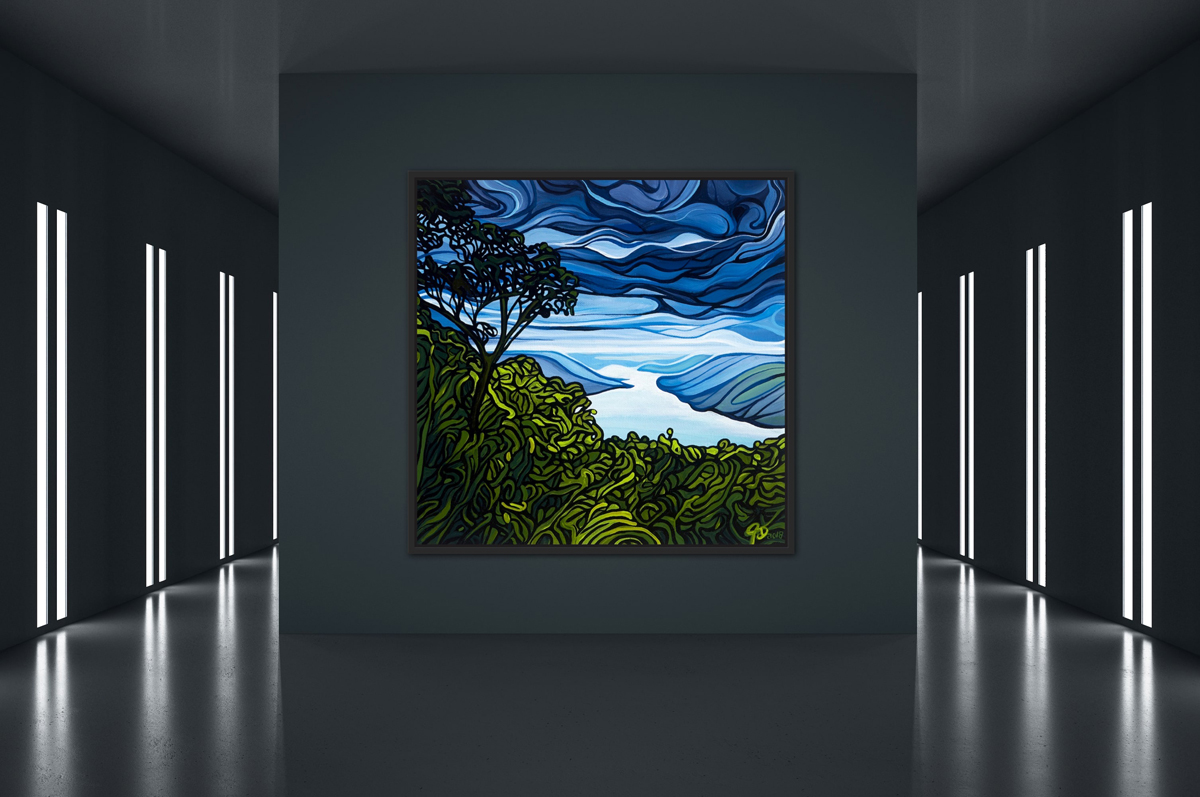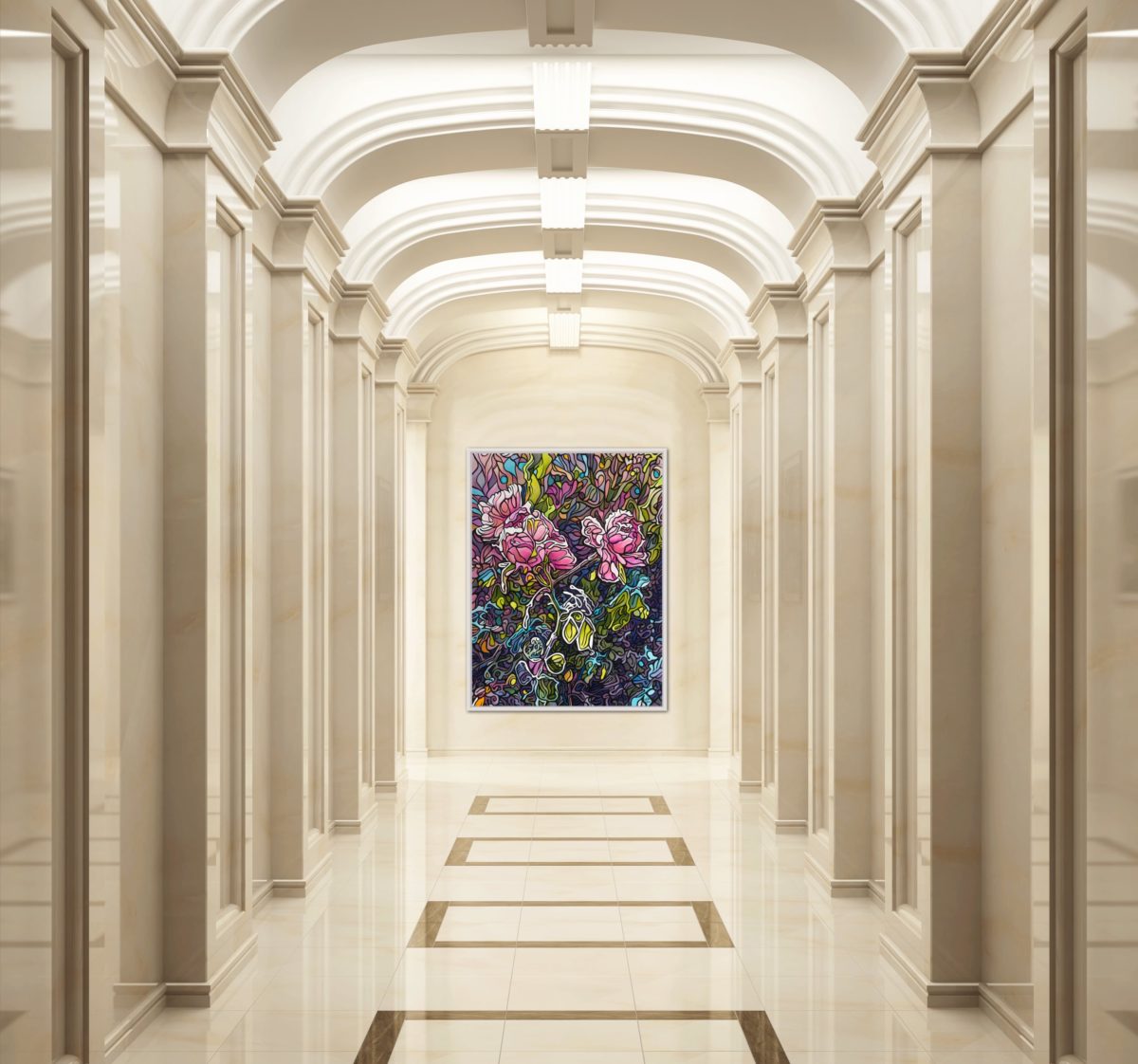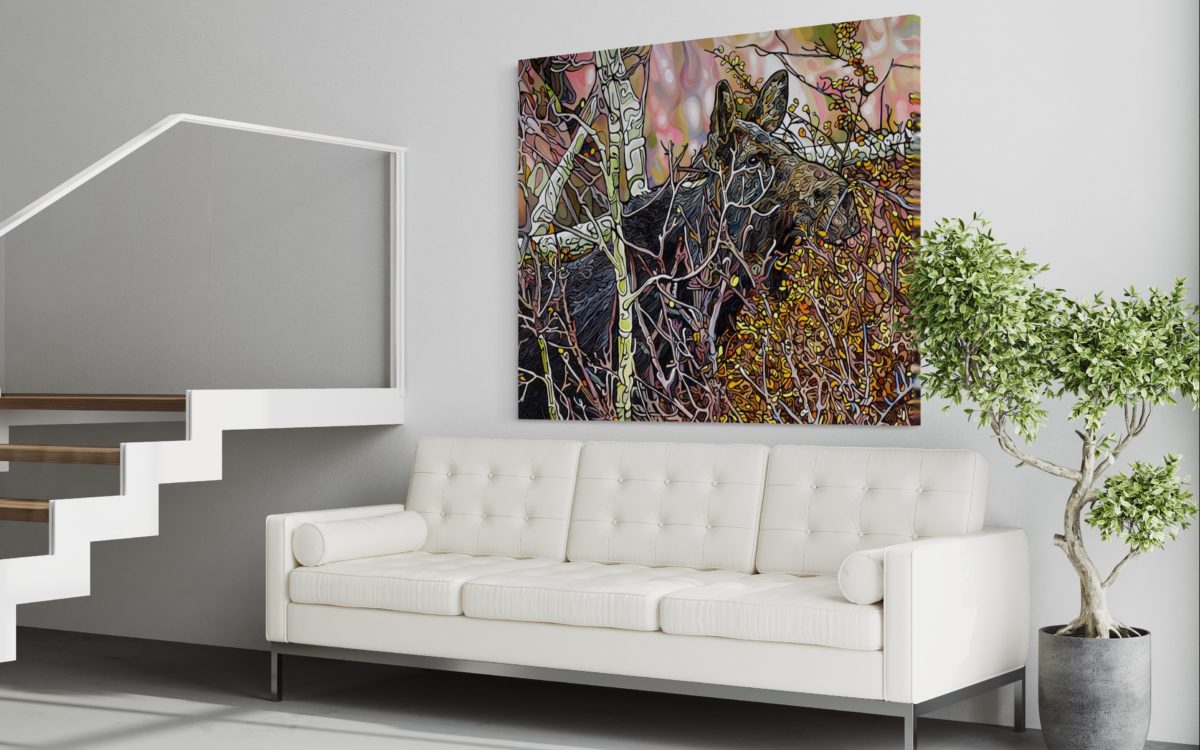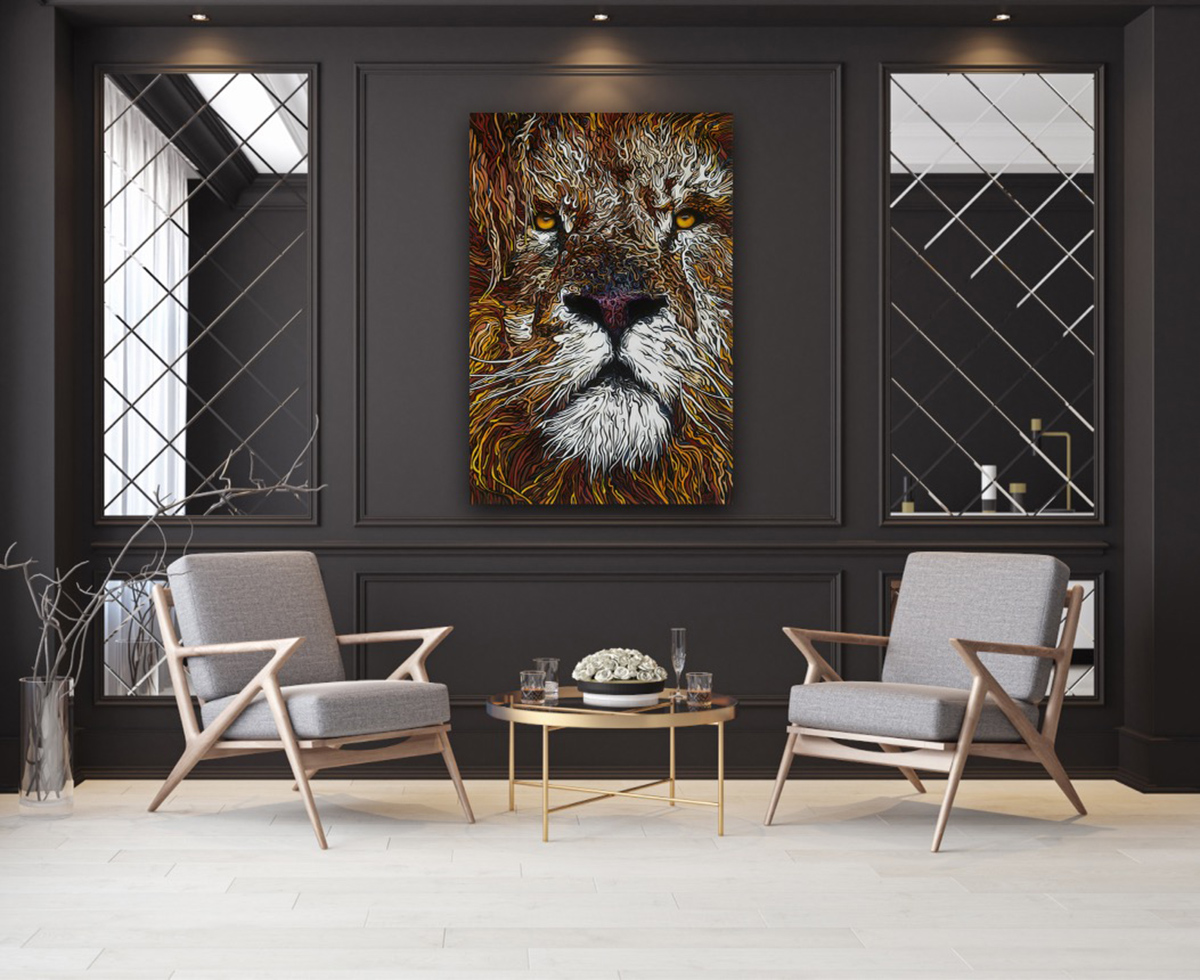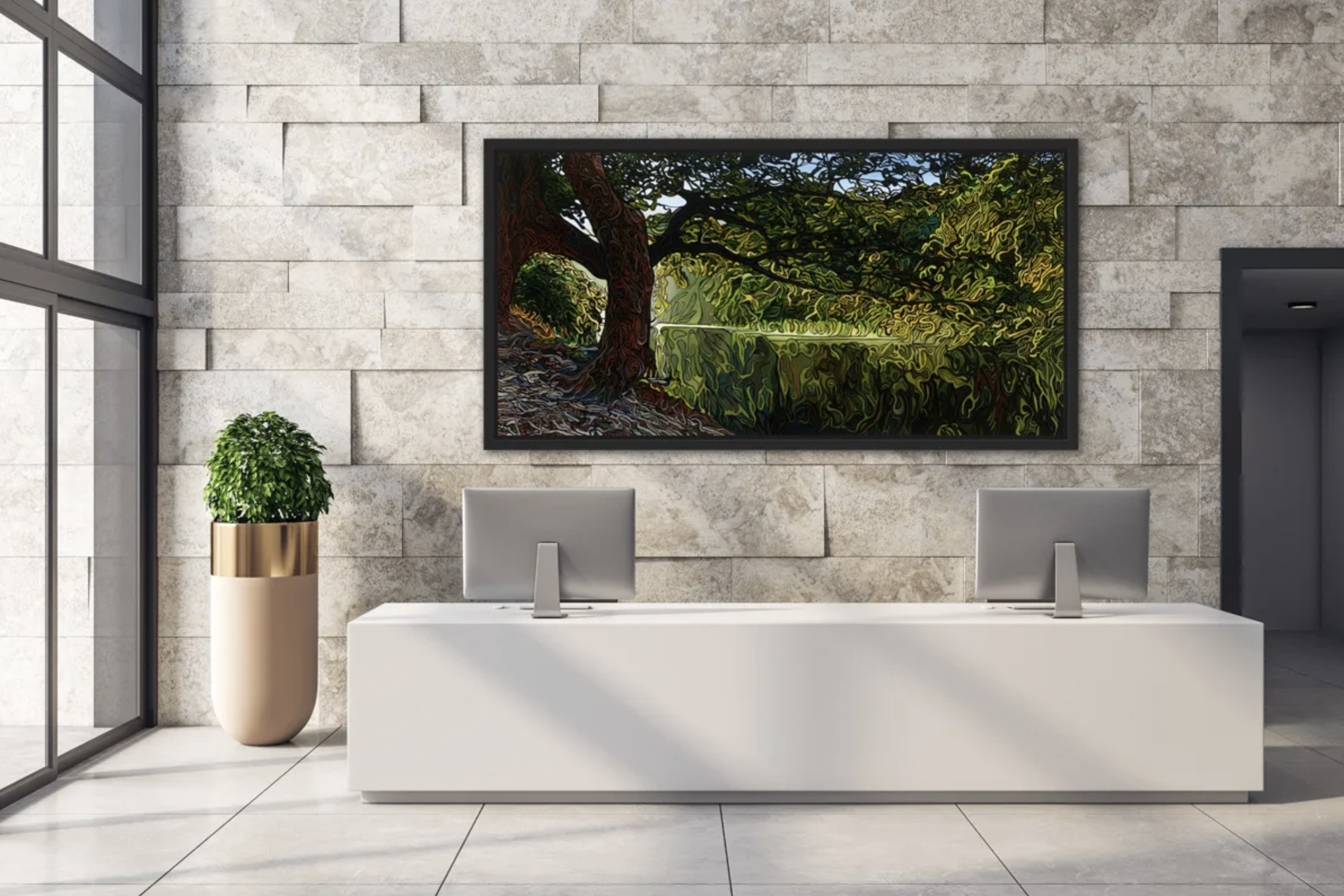
Investing in Canadian Art- A Guide to Tax Incentives and Benefits: Did you know that the purchase of original art in Canada is tax-deductible? Investing in Canadian art not only beautifies your space but also presents a unique opportunity to support Canadian artists, all while benefiting from tax incentives offered by the Canadian government.
Why Consider Canadian Art for Your Business?
Art has the power to transform a blank wall, adding vibrancy and personality to any environment. More than aesthetic appeal, Canadian art represents an investment avenue that’s growing in popularity. When displayed within a business, art serves a dual purpose. It elevates the ambiance and showcases a commitment to supporting Canadian artists. Institutions like the Vancouver International Airport, which proudly displays over 200 works of Canadian art, have transformed their spaces and their client experiences, standing as a testament to the impact that Canadian art can make.
Tax Incentives for Art Investments:
The Canada Revenue Agency (CRA) recognizes the purchase or rental of Canadian artworks as a capital expense for both corporations and individuals operating businesses. Meeting specific criteria, businesses can claim an annual tax deduction for these artworks. These deductions can be quite advantageous. For instance, artwork valued at over $200 can be claimed at 100% of the purchase price as a class 8 capital cost allowance, depreciating at a rate of 20% per year. Conversely, artwork priced below $200 qualifies for a 100% one-time class 12 deduction.
Criteria for Tax Deductions: To qualify for these benefits:
- The artwork must be created by a Canadian artist.
- It must be valued over $200.
- The art should be displayed in a place of business, visible to clients, and aim to generate income.
If you are a GST and/or QST registrant, you can recover taxes paid during the purchase by claiming input tax credits. Additionally, if you opt to rent the artwork for business purposes, those rental expenses are also deductible.
Selling the Artwork:
Should you decide to sell the artwork:
a) If it’s sold for less than the remaining undedicated cost, the difference can be claimed as a terminal loss deduction.
b) If it appreciates in value and sells for more than its purchase price, amounts claimed as a class 8 capital cost allowance will be subject to recapture and considered business income in the year of sale. Any profit from the sale will be subject to capital gains.
Final Thoughts:
There’s no doubt that investing in Canadian art is good for business. It not only enhances the atmosphere but also reflects a dedication to the Canadian art scene and offers significant tax benefits. I strongly recommend consulting a Chartered Professional Accountant (CPA) to understand the specifics before purchasing Canadian art for the purpose of investing and to ensure you maximize your deductions.
For businesses interested in Canadian art investments, I offer a diverse collection of paintings that both beautify your workspace and fulfill the mentioned criteria at www.JeffDillon.ca
Note: The above information is for general understanding and should not be regarded as tax advice. Always consult with a CPA about your specific circumstances.
To-Do List: Navigating Tax Incentives for Canadian Art Investments
Step 1: Recognize the dual value of Canadian art: aesthetic and investment.
Step 2: Observe how businesses such as Vancouver International Airport use art to enhance spaces.
Step 3: Grasp the tax advantages of investing in Canadian art for businesses.
Step 4: Discover artworks from esteemed Canadian artists like Jeff Dillon Fine Art: www.JeffDillon.ca
Step 5: Remember Canadian art purchases are tax-deductible.
Step 6: Learn about CRA’s view of art as a capital expense.
Step 7: Ensure the artist is Canadian for tax benefits.
Step 8: Art should be valued at least $200 for specific tax advantages.
Step 9: Artworks priced above $200, claim 100% of the purchase price with a 20% yearly depreciation.
Step 10: For pieces valued under $200, claim a one-time 100% class 12 deduction.
Step 11: Exhibit art in business spaces to benefit clients and generate revenue.
Step 12: Consider showcasing Canadian art in your business and home offices that are visible to clients.
Step 13: For GST/QST-registered businesses, claim input tax credits.
Step 14: Review deductions for renting art for business use.
Step 15: If selling art below its undeducted cost, claim the difference as a terminal loss.
Step 16: Be cautious of recapture on claims if art sells above its initial purchase price.
Step 17: Profits from selling art are categorized as capital gains.
Step 18: Always consult with a CPA before making art investments. Use this guide as a general reference and consult a CPA for specific tax insights.

Original Work By Jeff Dillon
Original Size: 36″ x 24″
Displayed at the Children’s Hospital, London Health Sciences Centre

Original Work By Jeff Dillon
Original Size: 36″ x 36″
Located at the Blood Clinic Calgary, Alberta Canada

